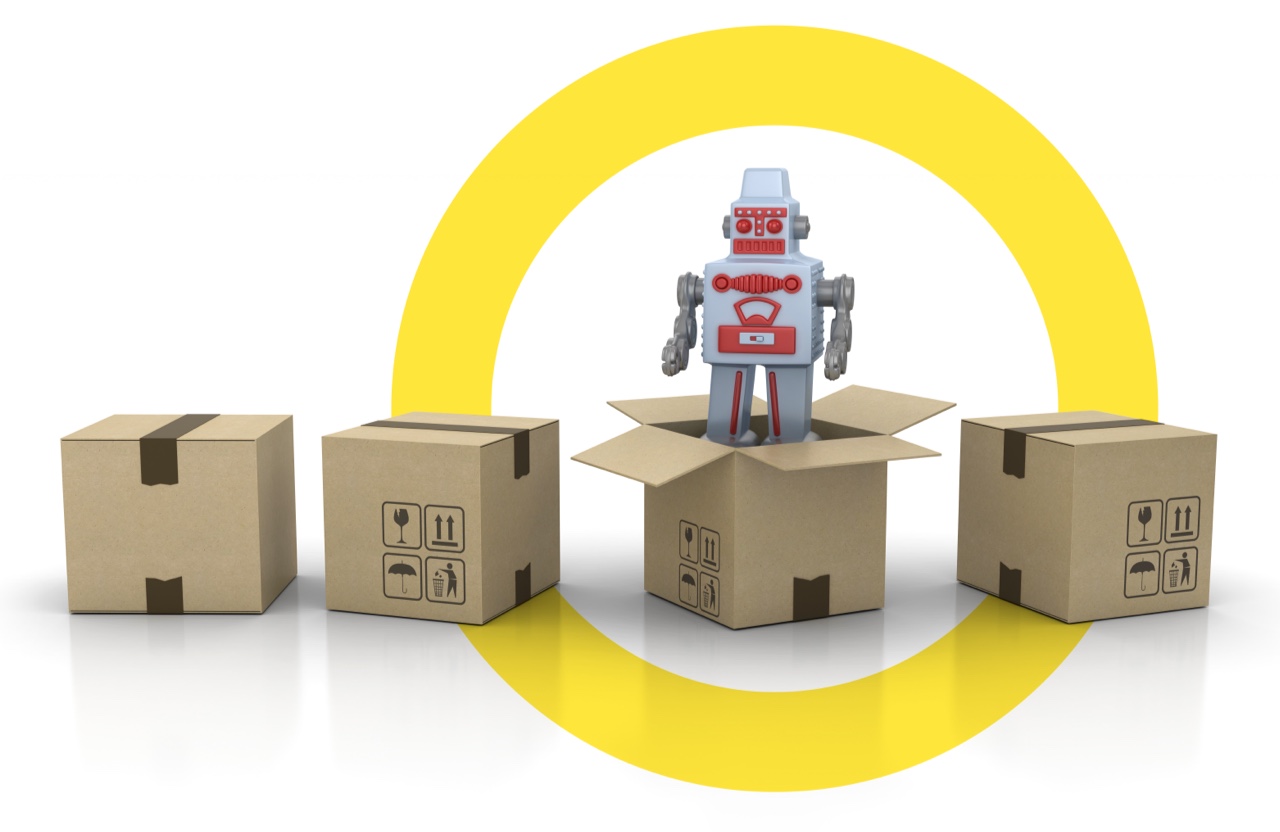What issue can we solve for you?
Type in your prompt above or try one of these suggestions
Suggested Prompt



Insight
The Digital Factory: An Operational ‘Must’ to Remain Relevant?
The Digital Factory: An Operational ‘Must’ to Remain Relevant?
In the B2B market, sales through traditional retail channels experienced slow growth over the last five years, with often low operational margin. Established players are at risk of massive disruption due to changing customer expectations and rising competition from digital-first disruptors. The exponential growth of online sales through direct-to-consumer, social media channels and marketplaces has challenged multinational corporations when trying to adapt and create consistent customer experiences across all sales channels and in all markets.
Established players should build to scale where it matters and compete through increased digital investment. This means digitizing go-to-market strategies and creating commercial excellence with a strong data ecosystem. However, large global corporations tend to make technology decisions in silos, with different teams in different countries, divisions, brands or regions implementing their own software solutions. This results in duplicative applications performing the same tasks across the organization – something that could be streamlined on a global level to improve efficiency and streamline customer experience across markets.
How can organizations succeed in the global market?
To succeed and compete in the global market, large global corporations must:
Retain and grow current customers
Customers are often omnichannel. Customer loyalty is won by serving shoppers’ online needs.
Acquire new customers
Focus on increasing reach to digital-savvy consumers, especially younger generations.
Use data to drive online and offline sales.
Digital channels are a great place to collect data and test concepts. This information can deliver useful insights to increase conversion rate at physical stores, though better understanding of customer preferences.
Create new value propositions for suppliers. Strong global online reach allows product innovation at scale, with the ability to rapidly test-and-learn in different markets. This improves demand prediction and fosters stronger partnerships with manufacturers.
Overcoming customer data challenges and disruption
A digital factory is a centralized operation where all software applications relevant to the entire corporation are governed, built, maintained and amended for distribution, reuse and tailoring across all local operational companies. Operations within the digital factory are based on the Agile delivery of digital products for key business outcomes prioritized by the business.
Building a connected digital factory is easier said than done, especially for large organizations that traditionally operate in silos. We have found four major roadblocks for scaling digital operations:
Limited customer centricity
A multichannel, siloed, sales and services model often leads to a frustrating customer experience. Local operating companies that do not have a CRM do not have the ability to have data-driven customer segmentation. In B2B, information can be siloed across sales, delivery staff, support, maintenance, and installation teams, resulting in an inconsistent view of the customer. Onboarding new customers can be a tedious process taking weeks.
Lack of homogeneity in systems and processes
Companies managing over 1,000 applications, often committed to by sales rather than IT is common. This results in a fragmented digital footprint in an outdated technical landscape with limited unity in back-office systems and applications.
Highly decentralized organization
Large global organizations often operate in more than 25 countries, with several operating companies in each territory. Operating companies often have extended autonomy, and at best, some faint alignment in initiatives. Digital needs will vary across the organization, but initiatives must be aligned throughout the entire enterprise.
Uneven digital maturity
Larger countries or territories often have more advanced platforms and more budget invested in technology than smaller ones. One operating company or group of operating companies is likely to be more dominant that the others, and leaving other companies behind.
How to build a successful digital factory
A leading digital factory operation can be a game changer for multinational corporate businesses embarking on their digital business transformation journey. To streamline transformation, organizations should focus on six principles:
Be customer obsessed
Use A/B testing, data analysis, research, interviews and customer feedback consistently to make solutions relevant. Build prototypes to test usability to eliminate the risk of building anything based on subjective opinions.
Design to be flexible and modular
One size does not fit all. In a complex central/decentral governance model, adaptation of local needs must be accommodated. Consider digital maturity and technology capabilities in each situation to select the best fit.
Focus on adoption from the beginning
Local operating companies often struggle with central interference for a variety of reasons – this is one of the main causes for failure of centrally driven initiatives in a highly decentralized organization. Avoid this by introducing change management, where local champions are appointed to represent and encourage their peers. Carefully manage change based on evidence and successes and include the entire organization in the journey.
Co-construct with central and operating company stakeholders
Create a one-team spirit where all parts of the business contribute and feel relevant. Work together to own and govern the program, the roadmap, the digital products and the business outcomes.
Deliver value quickly and then scale
Follow the agile principle of delivering value early and often. Select a pilot country and/or operating company. Deliver a minimum viable product and share success across the board before scaling. This will make it easier to identify local exceptions for projects and how to adapt without compromising the process.
Provide global efficiency and local relevance
Assign roles within the global organization. The global delivery hub should be responsible for building and releasing to regional hubs that look after deployment and support. At country or operating company level, there is the responsibility for configuring, integrating and operating. This structure ensures every release has relevance to the local market.
The digital factory - why now?
The need to deal with direct and indirect consumer demands, an ever-increasing number of sales channels with different fulfillment requirements, increasing costs and eroding margins have only added to the need to reconsider the digital organization. Those leading the battle for customer preference and loyalty cannot afford to sit back and wait.







